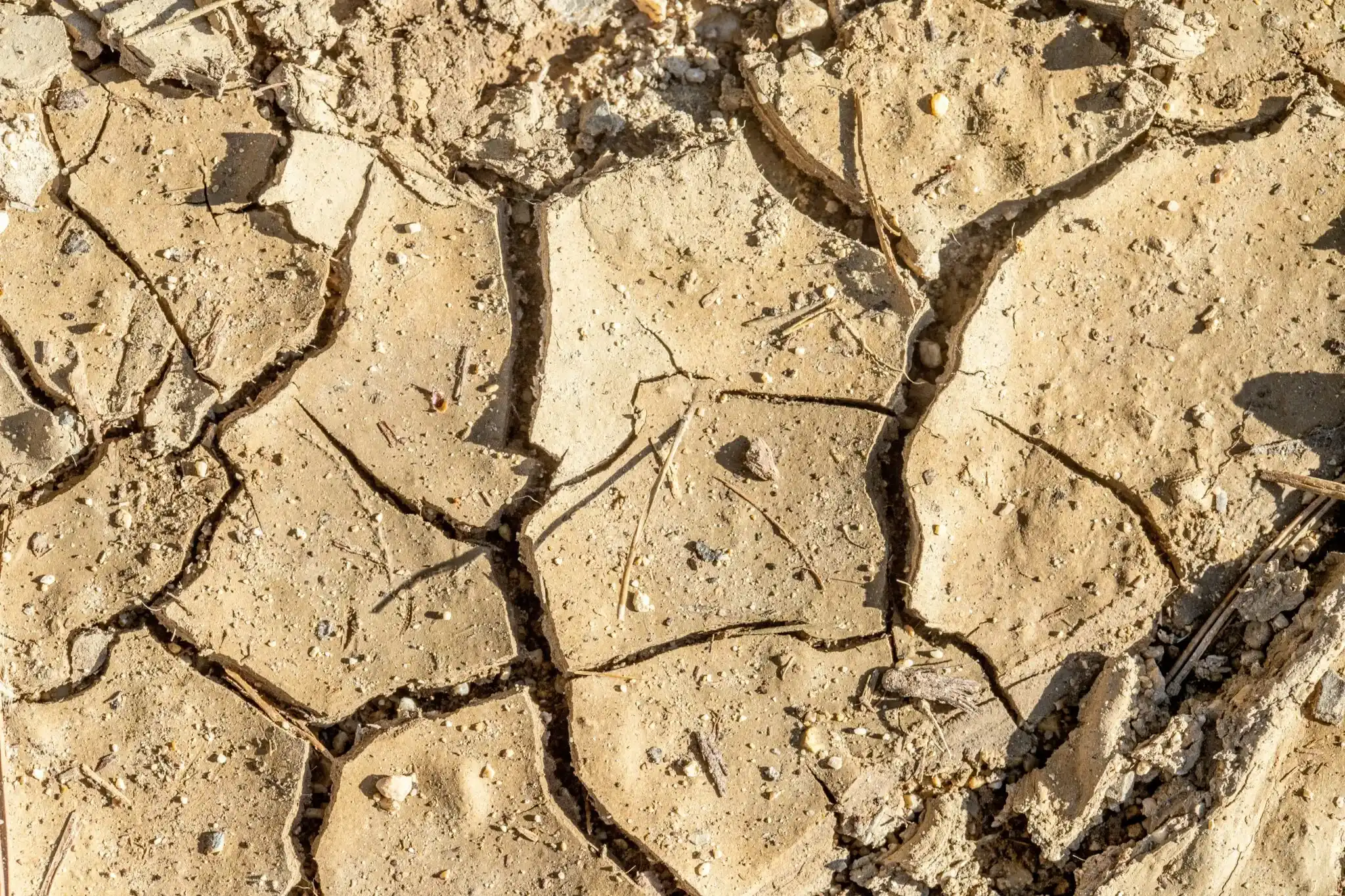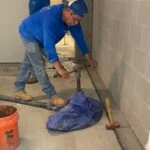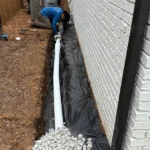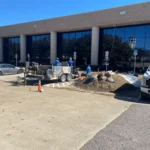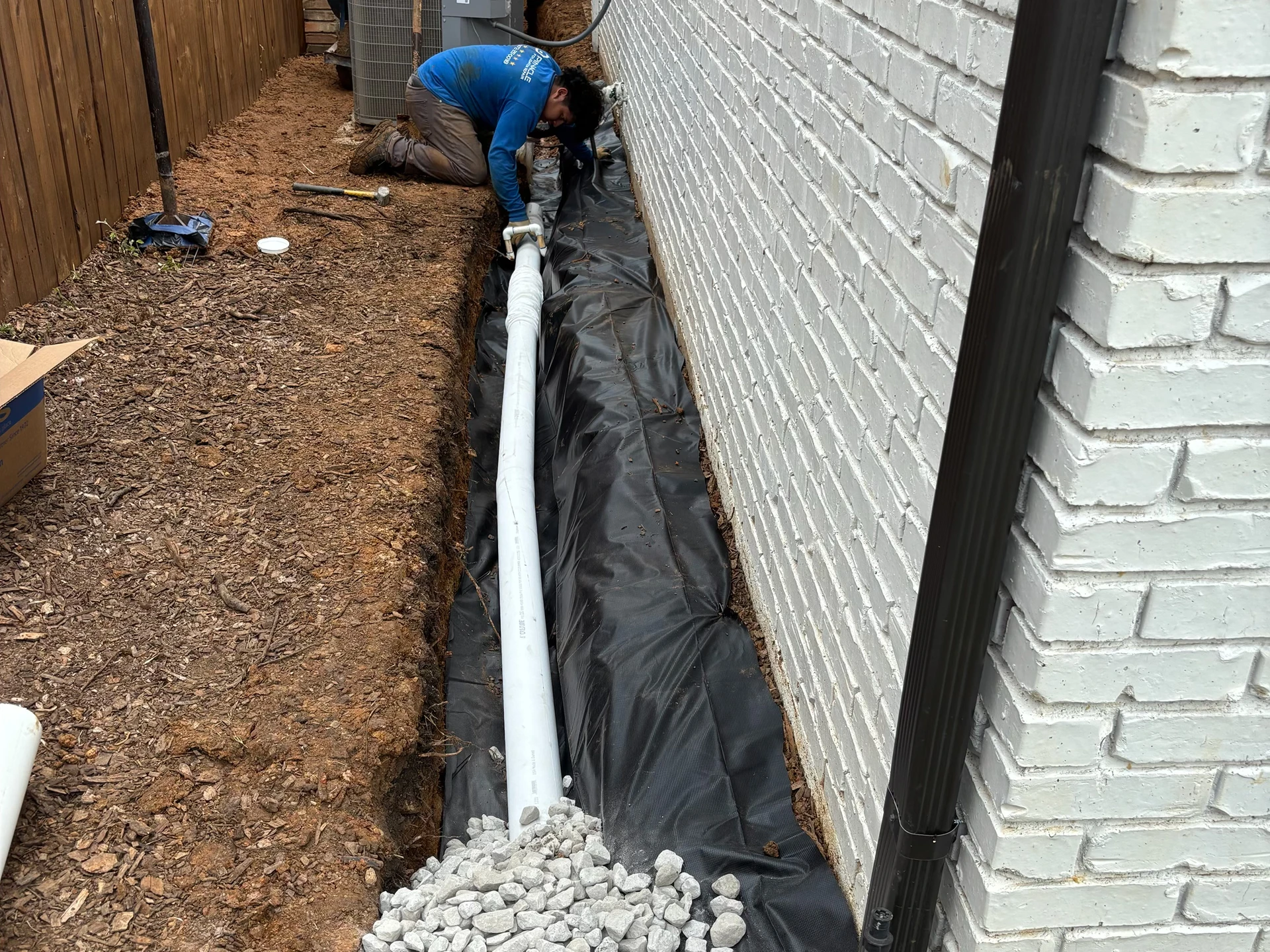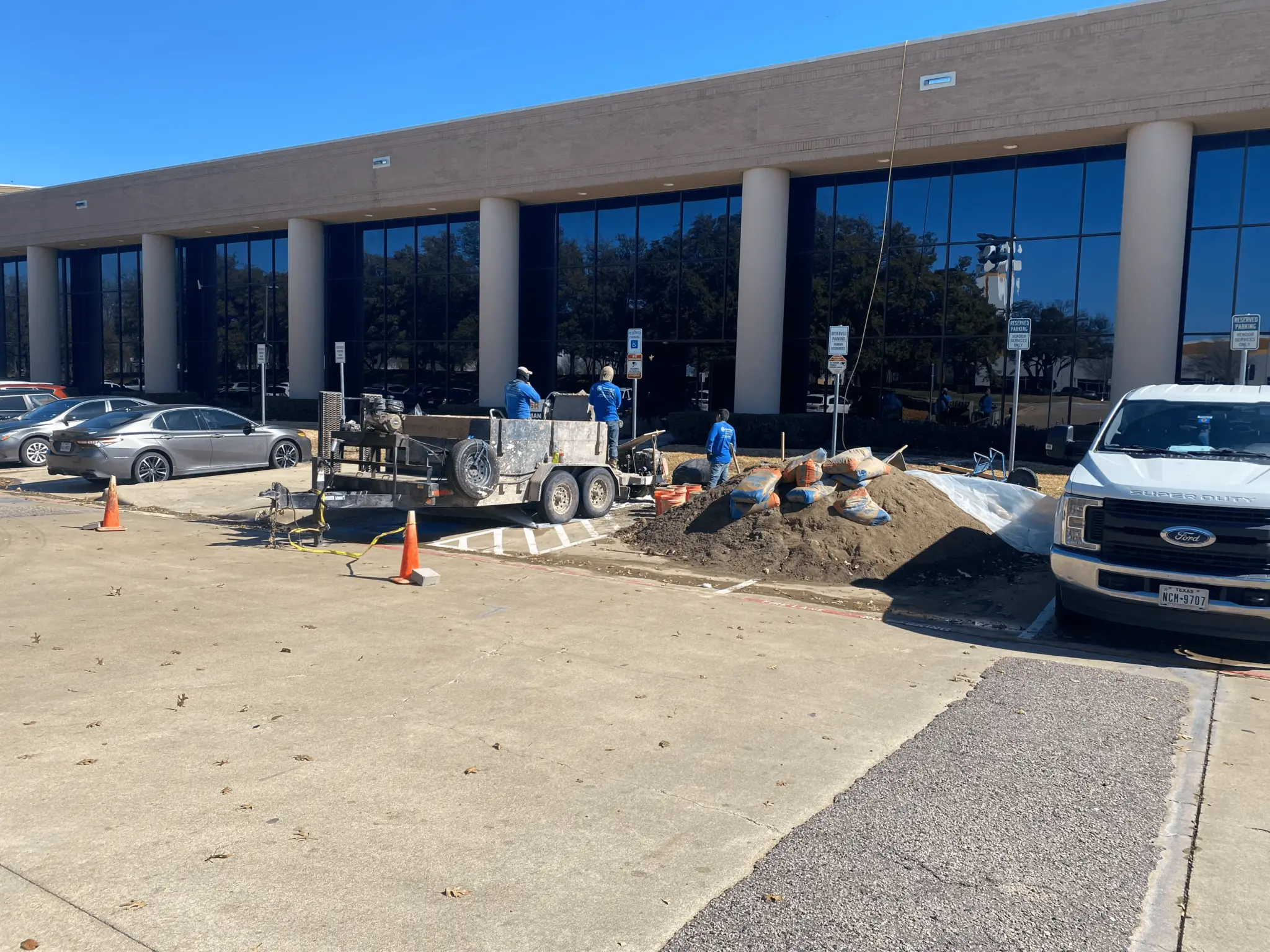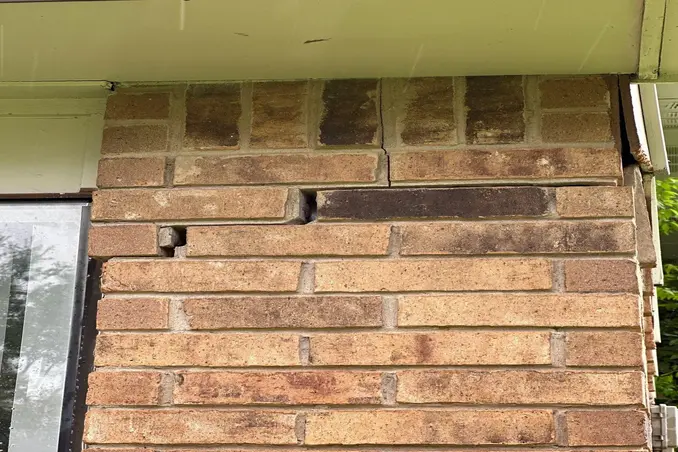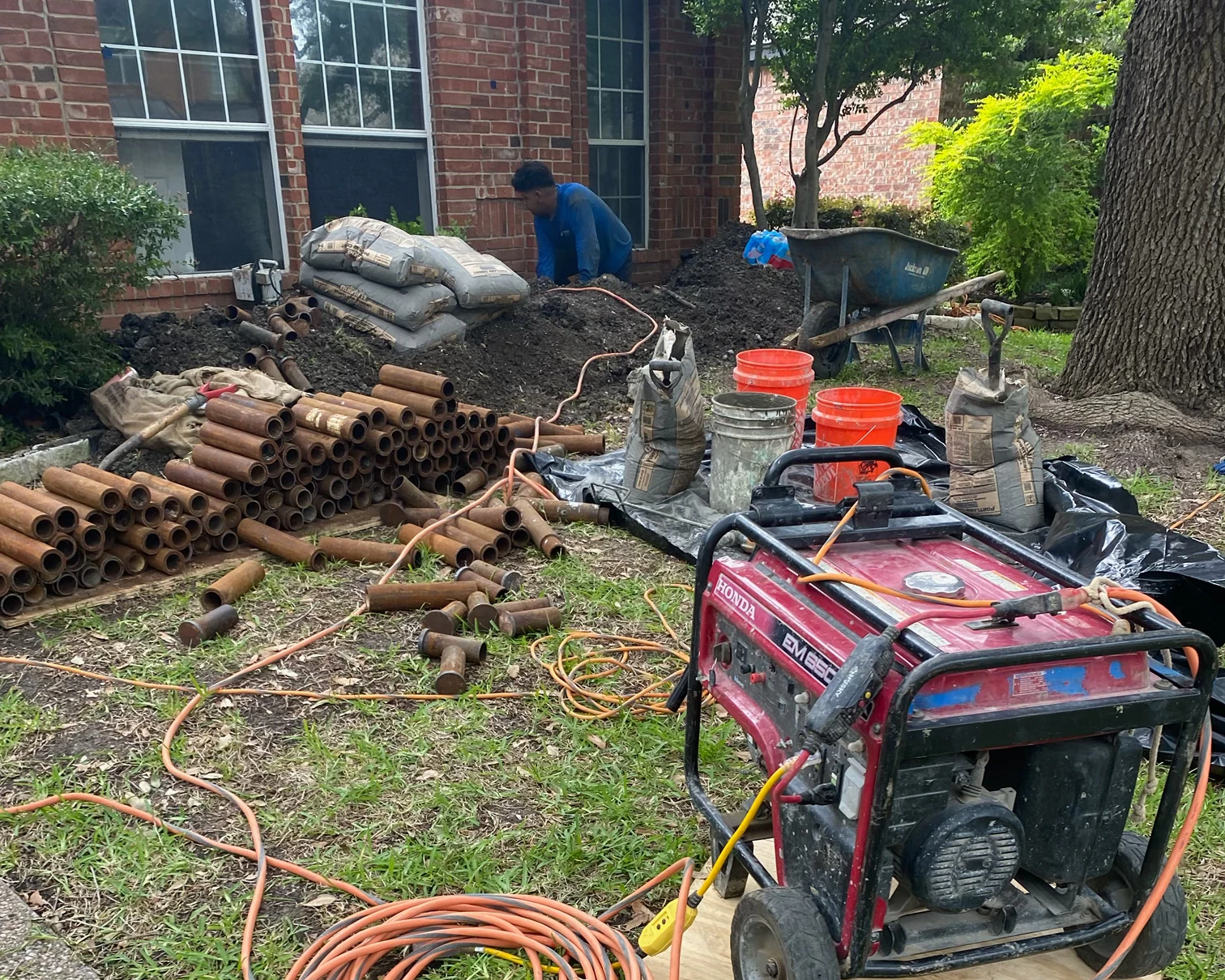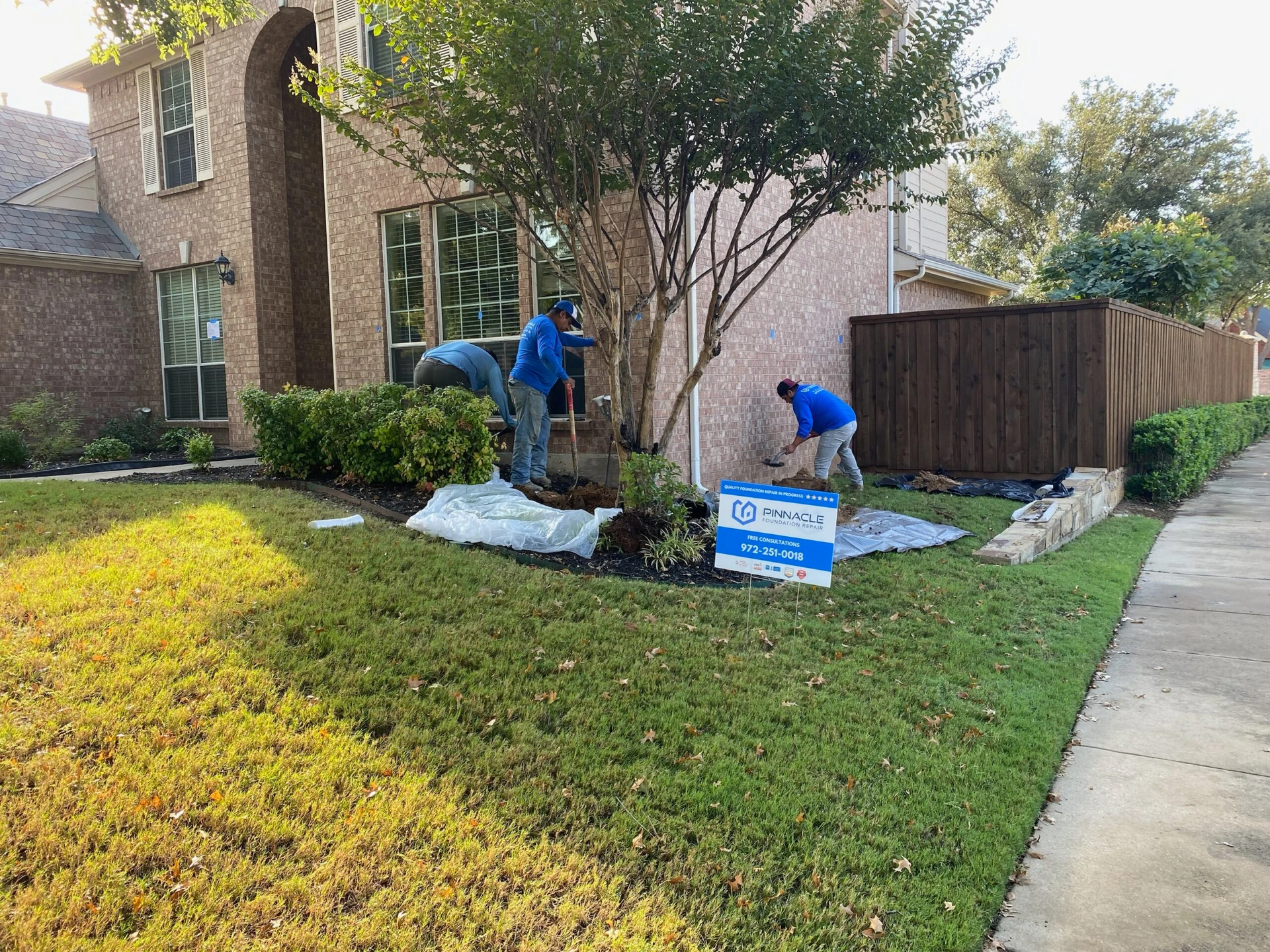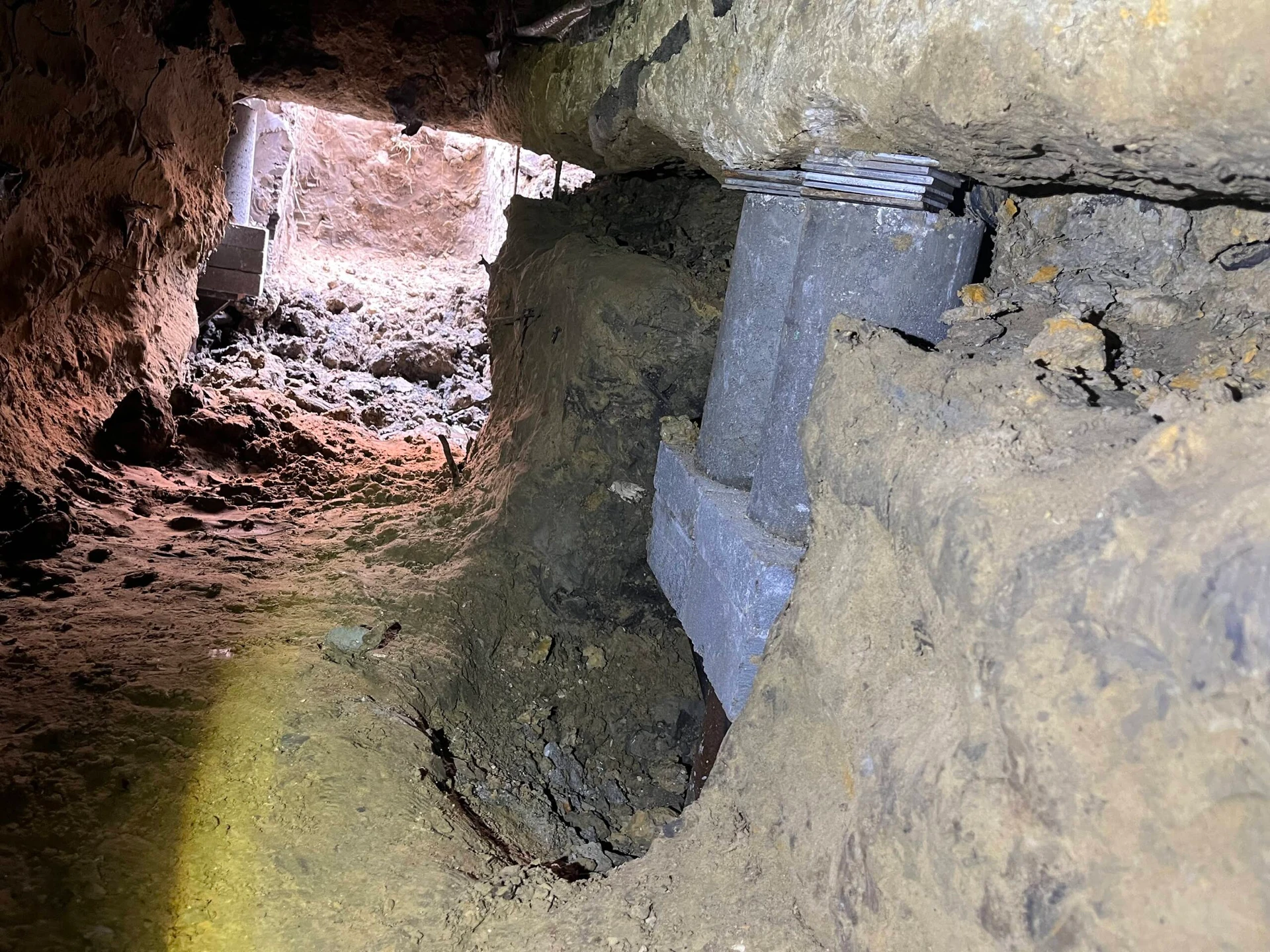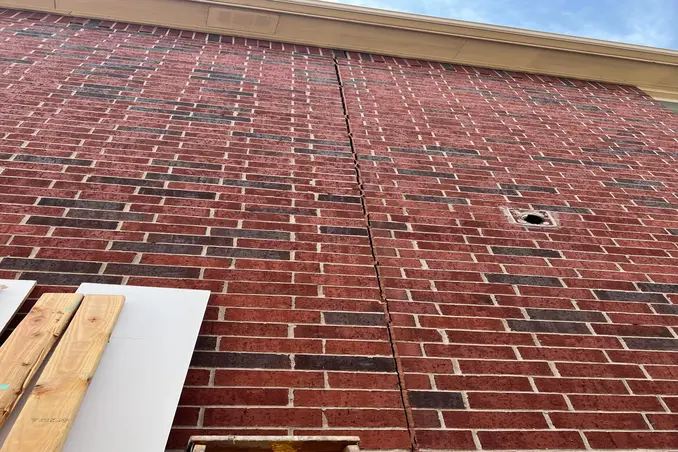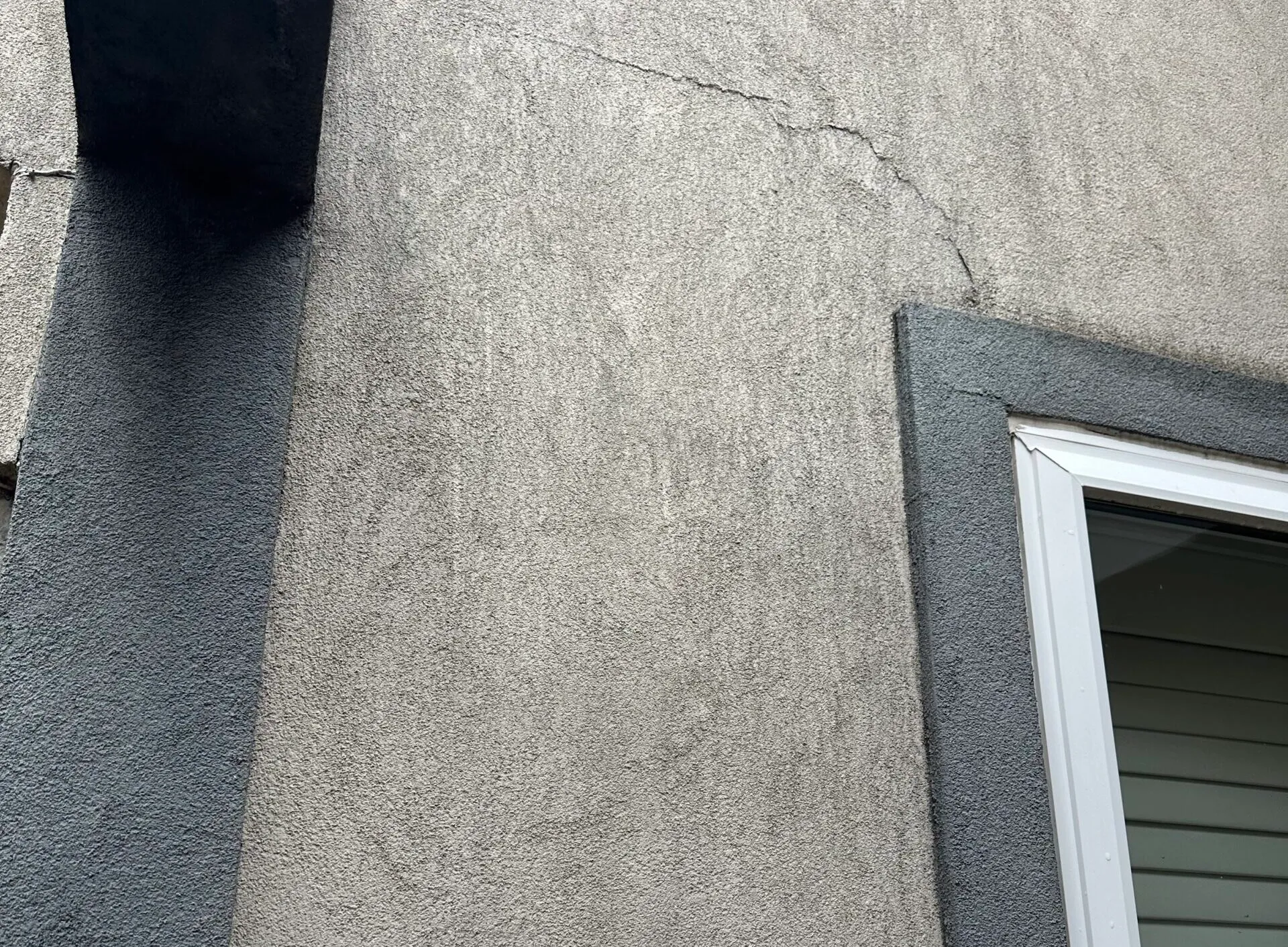A solid foundation is crucial to a home’s structural integrity, but a foundation is only as solid as the soil underneath it. Different kinds of soil tend to expand, crumble, or shift in varying weather conditions. Over time, if left unchecked, changes in the ground can cause cracks, sinkholes, or structural problems in your property.
Before planning any foundation installation or repair, it’s essential to determine the type of soil underneath your structure. This information is equally important for prevention, helping you avoid excessive foundation repairs in the first place.
North Texas Terrain: A Variety of Soil Types
The type of soil in your neighbourhood is a result of the region’s terrain, plant life, and weather. There can be huge differences from one region to the next. North Texas has four different soil regions, including:
- The Blackland Prairie with black and grey clays
- The Eastern Cross Timbers with sandy loam soil
- The Grand Prairie, with a mix of clays, limestone, and sandy loam
- Dallas and southward areas with volcanic ash layers called Austin chalk
Soil type affects the structure and maintenance of your foundation. One soil may call for steel pier piling, while another may make drainage a priority.
Know Your Soil Type
When carrying out foundation work, we always need to have a complete understanding of the soil and the terrain in the area. This is imperative because it influences the repair work required. With that in mind, we always aim to give you as much information as possible about the different types of soil and land around the Texas area. If you have any queries or concerns, please don’t hesitate to give us a call. Our friendly and experienced team members are happy to answer any questions you may have.
There are lots of different soil types and landscapes across Texas, and they can have a massive impact on any sort of repair work performed. Here’s a look at how different soil compositions may affect the need for foundation repairs.
Clay Soil
North Texas has several kinds of clay soil. Composed of tiny particles, clay expands with water and shrinks with drought.
The challenge comes when clay contracts in the hot, dry Texas summer, shrinking so much the position of a home’s foundation changes. Keeping an eye on your clay soil and wetting it during dry spells can minimize this shift and delay or avoid foundation repairs.
In areas prone to flooding, wet clay can also literally move the foundation up and down, putting a strain on it. Adequate drainage often alleviates this problem.
Rock
Rock includes bedrock, limestone, sandstone, shale, and hard chalk. In this area, limestone is most common. Rock provides stability and depth and makes an excellent foundation.
However, there can be downsides. Trees may not have enough depth to flourish. Homes on a slope may need bracing for extra safety, especially if the underlying soil is high in shale, which can slide. Some rock soils can expand and contract as the weather changes like clay soils do, although not to the same degree.
Sandy Loam
Sandy loam is excellent for supporting foundations and flourishing gardens. It’s often a combination of sand, silt, and clay. Unlike clay and rock, it maintains water at a balanced rate and drains well.
Sandy loam is dark in color and feels soft, dry, and crumbly in your fingers. The most frequent concern with foundations built on loamy soils is erosion.
Eagle Ford Formation Soil Type
In Eagle Ford, the soil is referred to as “black gumbo”, and it contains bentonite, as well as impure clay from volcanic ash that has weathered, which can contract or swell as much as seven inches.
Black gumbo occurs the following areas:
- Arlington
- Carrollton
- Dallas
- Farmers Branch
- Frisco
- Grand Prairie
- Irving
- Lewisville
- The Colony
Woodbine Soil Type
In Woodbine, the soil is highly dense and rich with iron. Some of the main areas in the DFW metroplex with this soil type are:
- Arlington
- Bedford
- Colleyville
- Coppell
- Denton
- Euless
- Flower Mound
- Grapevine
- Keller
- North Richland Hills
- Southlake
Trophy Club
Austin Chalk Soil Type
In Dallas, Austin Chalk is a significant soil type consisting of marl, chalk, and volcanic ash formed during the upper Cretaceous era near Austin. Outcrops of Austin Chalk extend throughout the whole of Dallas, as well as extending southward underneath I-35 down into San Antonio.
In Dallas County, between a third and a half of the surface is covered in Austin Chalk, which dips between 15-40 feet per mile to the east. Some of the main areas are as follows:
- Addison
- Allen
- Dallas
- Desoto
- Garland
- Highland Park
- McKinney
- Plano
- Richardson
Ozan Formation Soil
Ozan Formation, also referred to as the Lower Taylor Marl, includes Austin Chalk. This soil – from a geologic formation situated in Arkansas, Oklahoma, and Texas – also features fossils that date back to the Cretaceous period.
The description and color of the Ozan Formation varies widely; it can be sandy, chalky, or glauconitic.
Soils derived from the Ozan Formation include Houston Black Clay with a Plasticity Index of 44.1; Heiden Clay with a PI of 42.2; Ferris Clay with a PI of 47.2; and Trinity Clay with a PI of 51.9.
Some of the areas with this type of soil include:
- Mesquite
- Palmer
- Rowlett
- Sachse
Wylie
Why do soils change from one place to another?
A lot of different factors come to play when determining why soils differ from one place to the next. They range from the climate to the terrain to the plant life, and vegetation. Human impact, as well the parent rocks from which the soil came from also factor into the equation.
Terrain: The terrain determines how freely water can drain away. If the land in an area is mainly flat, it often causes waterlogging because there aren’t many gradients to promote both lateral and sideway flow. On the flip side, if the terrain features many slopes, it promotes quick drainage because the water is able to run off or percolate in a rapid manner.
Climate: A wide variety of climatic regions across the globe create specific kinds of soil. A common example is tundra, often found in very cold climates where there’s not a simple organic material breakdown.
Natural Material: The parent rock in a specific location influences the type of soil that develops in the end. For example, in an area where there’s a lot of sandstone, the soil that forms is usually coarse, sandy, and well-drained because of the weathering of the rock.
Vegetation: Plants also have a vital role to play, as the plant and vegetation life differ based on the region’s climate and other factors. Plants have a significant impact on the way the soil develops as they take nutrients from the ground and add organic material to the soil’s surface.
Why does soil type make a difference for foundation repair?
Before we can figure out whether we need to carry out a repair on your home’s foundations, we need to know the geological content of the soil on your land. Since the composition of soil can differ considerably from one place to the next, this determines what sort of repair work is required, if any. If we determine foundation repair work needs to be carried out, it could be that you need a different sort of pier system or drainage system, or something else entirely. Without knowing the make-up of the soil, it’s impossible for us to make the right decision.
At Pinnacle Foundation Repair, we use our understanding of both applied physics and mechanics when assessing a potential foundation repair. Based on the plasticity index of the clay soil, the amount of shrinking or swelling is going to differ. This is why data is imperative in figuring out what solution is going to be right for long-term stability. Otherwise, any repair work is simply papering over the cracks.
Address Foundation Concerns Early
No matter what soil type your home’s foundation sits on, catching a foundation repair early saves expense and hassle. Problems with your foundation don’t go away on their own. Our experts can stabilize your foundation and help prevent further damage.
At Pinnacle Foundation Repair, our highly trained, radically honest experts provide a comprehensive range of foundation repairs that also match your home’s style and age. Find out more about our extensive selection of tailored services.

